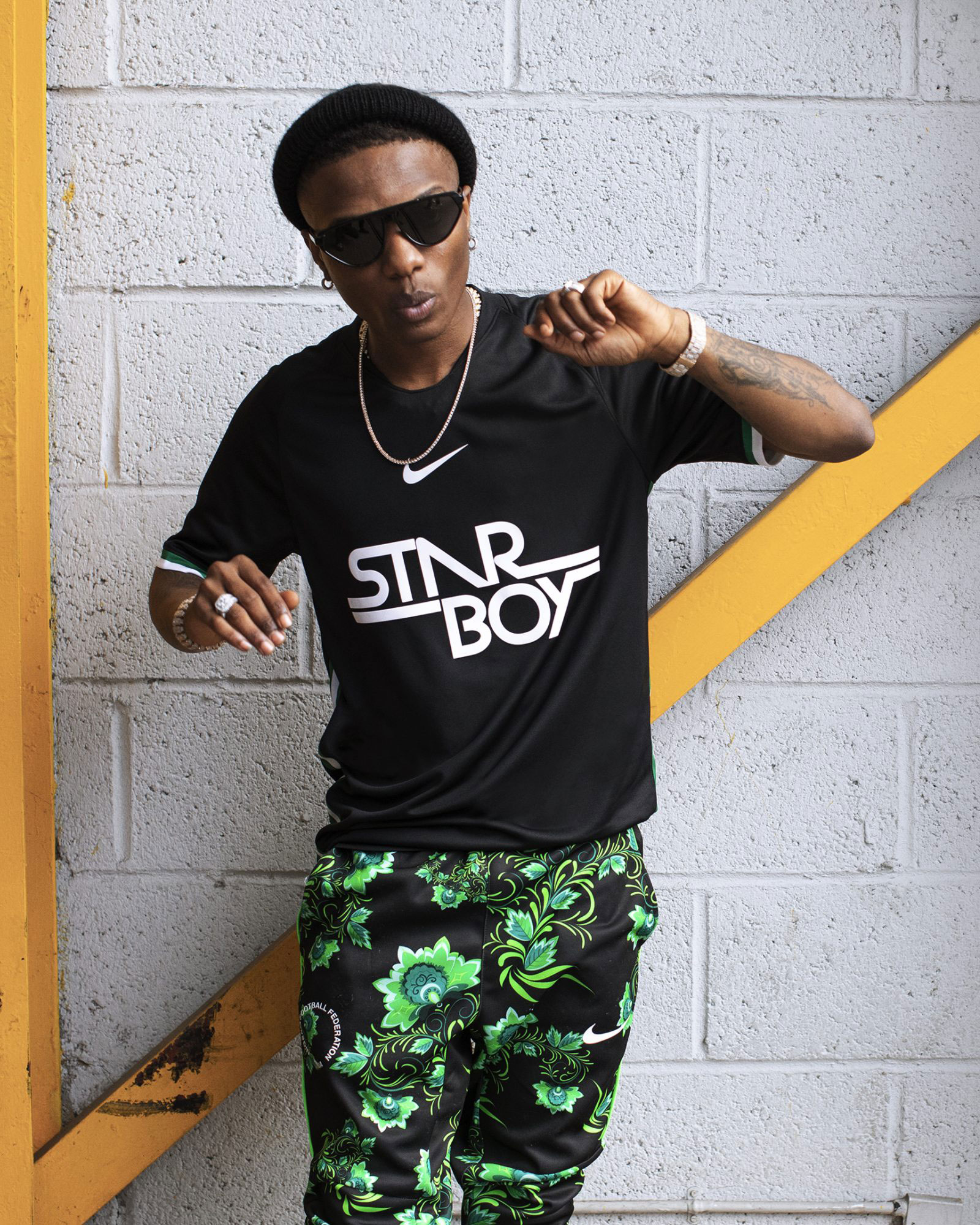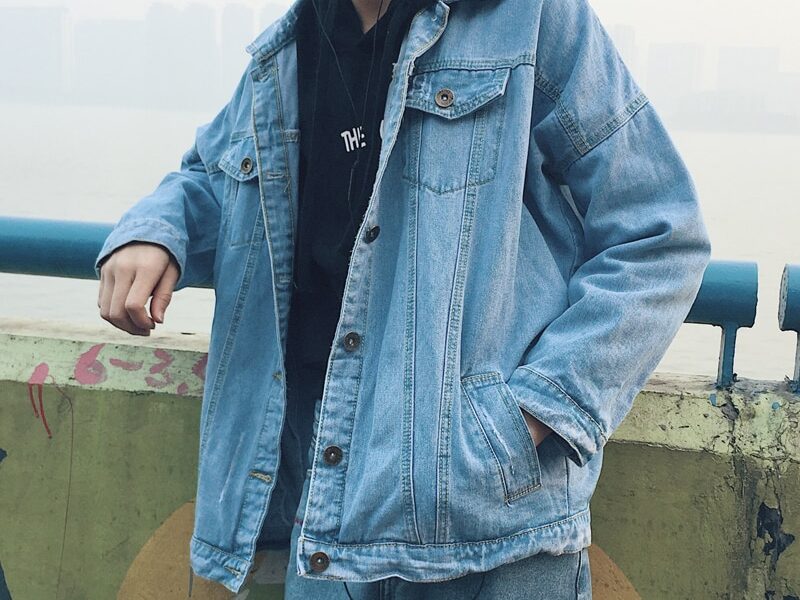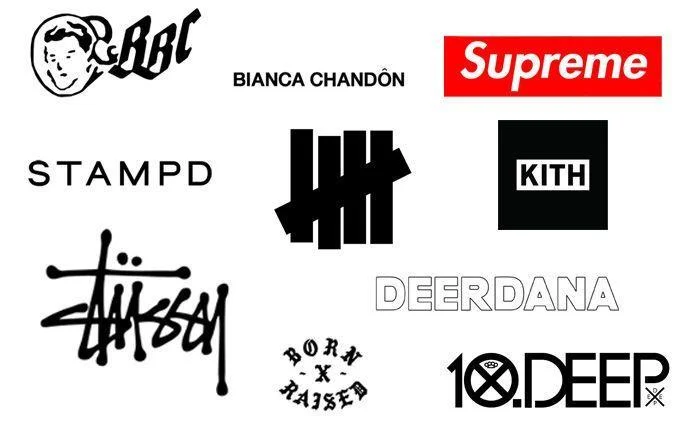The relationship between music and fashion has always been symbiotic, but nowhere is this connection more evident than in streetwear. From its inception, streetwear has drawn heavily from the music scenes that birthed it, particularly hip-hop and punk rock. These genres, characterized by their rebellious spirit and DIY ethos, have shaped the aesthetic and attitude of streetwear from the very beginning.
In the 80s and 90s, as hip-hop culture exploded onto the global stage, so did its associated fashion. Baggy jeans, oversized graphic tees, and snapback caps became synonymous with the genre, with artists like Run DMC and Tupac Shakur setting trends that fans around the world would follow. Streetwear brands quickly tapped into this, collaborating with musicians and using their influence to reach a wider audience.
Punk rock, on the other hand, contributed to the edgier, more rebellious side of streetwear. The DIY culture of punk, with its emphasis on individuality and anti-establishment values, resonated with streetwear’s core demographic. Brands like Supreme, with their often provocative designs, echoed the spirit of punk, creating a look that was both accessible and subversive.
As streetwear continued to grow, so too did its influence in the music world. In the 2000s, artists like Kanye West and Pharrell Williams became not just trendsetters but also designers, launching their own streetwear labels that blurred the lines between music and fashion. These artists brought streetwear to new heights, making it a staple in both the music industry and the wardrobes of fans worldwide.
Today, the relationship between streetwear and music is stronger than ever. Artists continue to collaborate with brands, launching limited-edition collections that sell out in minutes. Streetwear has become a way for musicians to express their identity and connect with their fans on a deeper level, creating a culture that is as much about the clothes as it is about the music.







